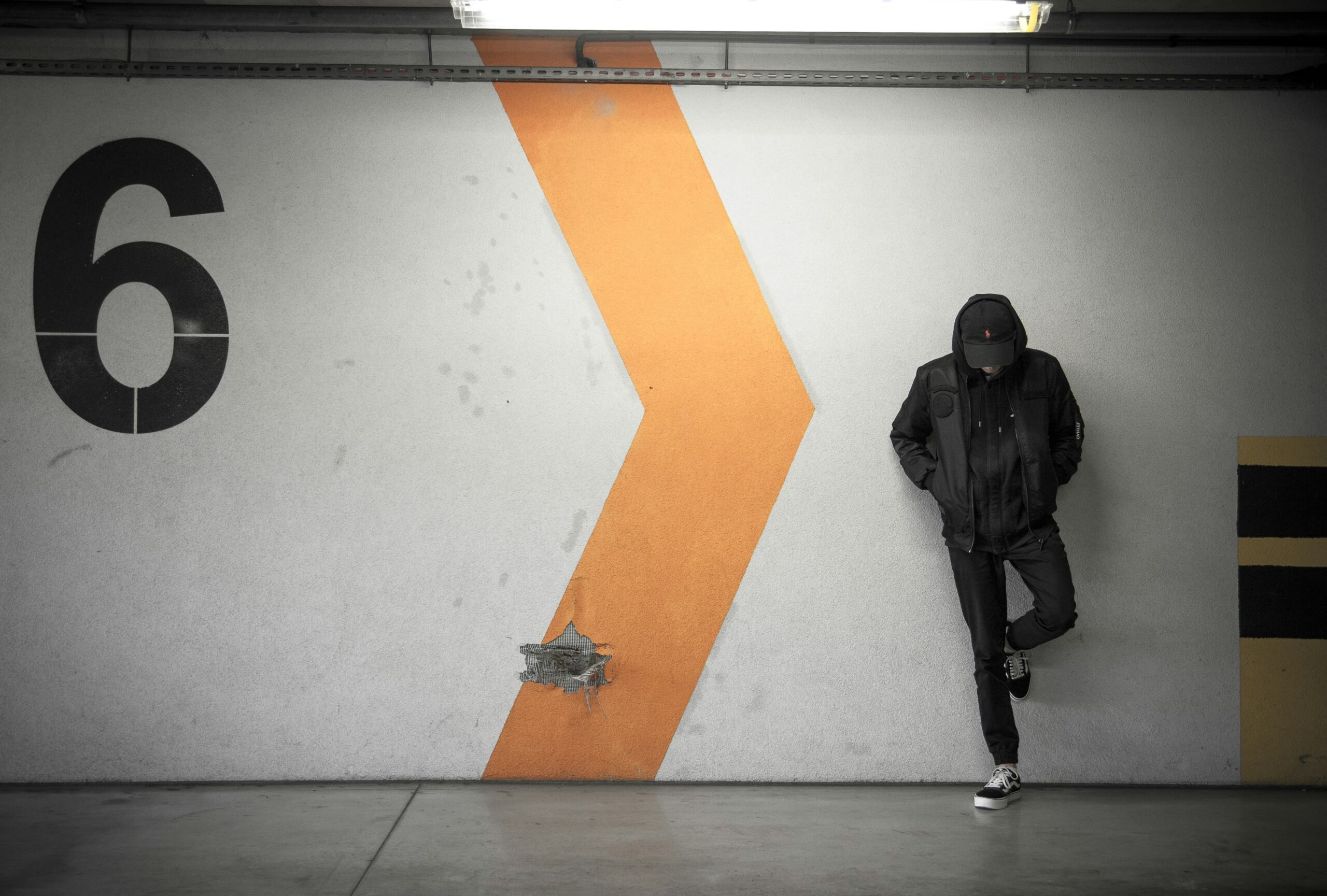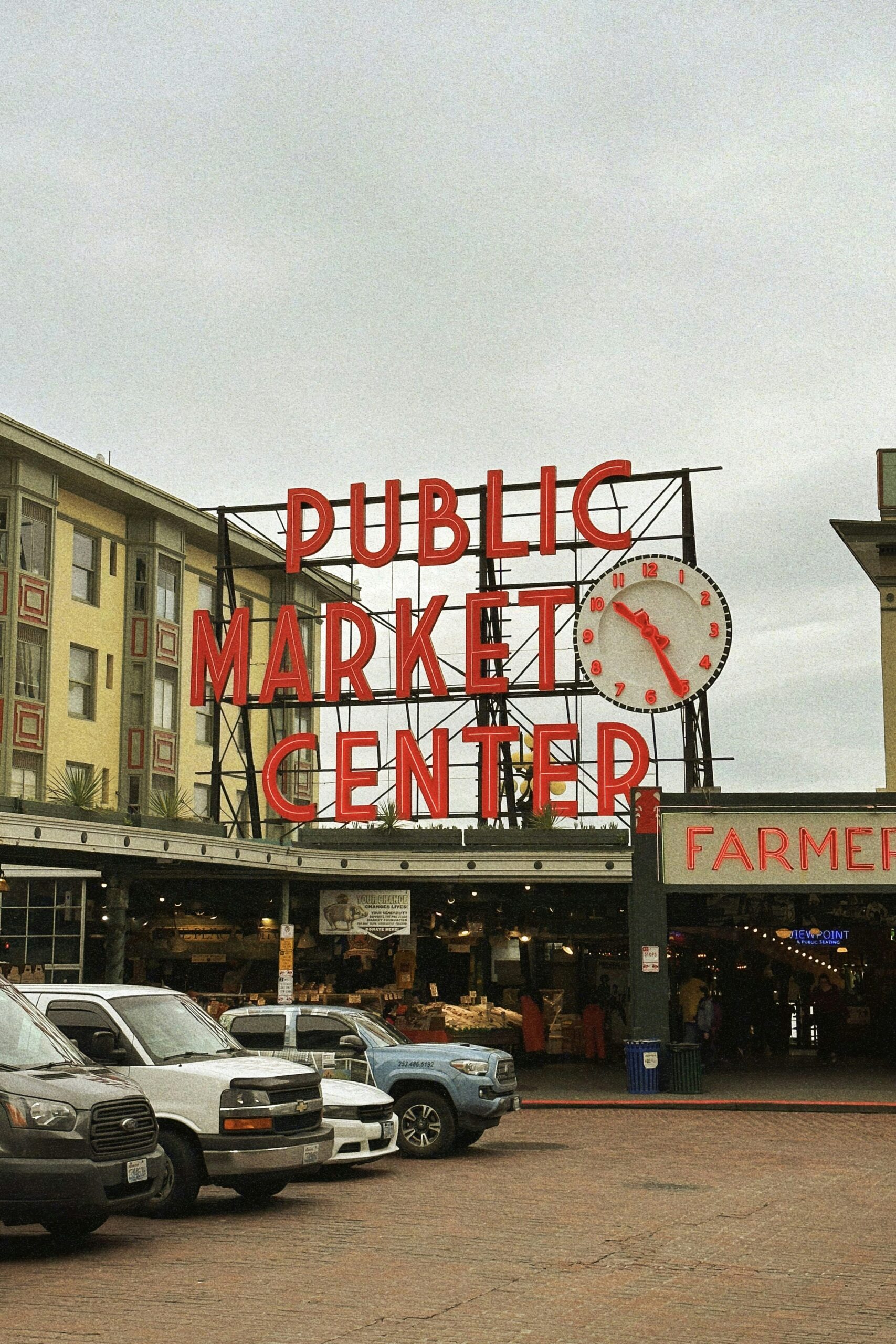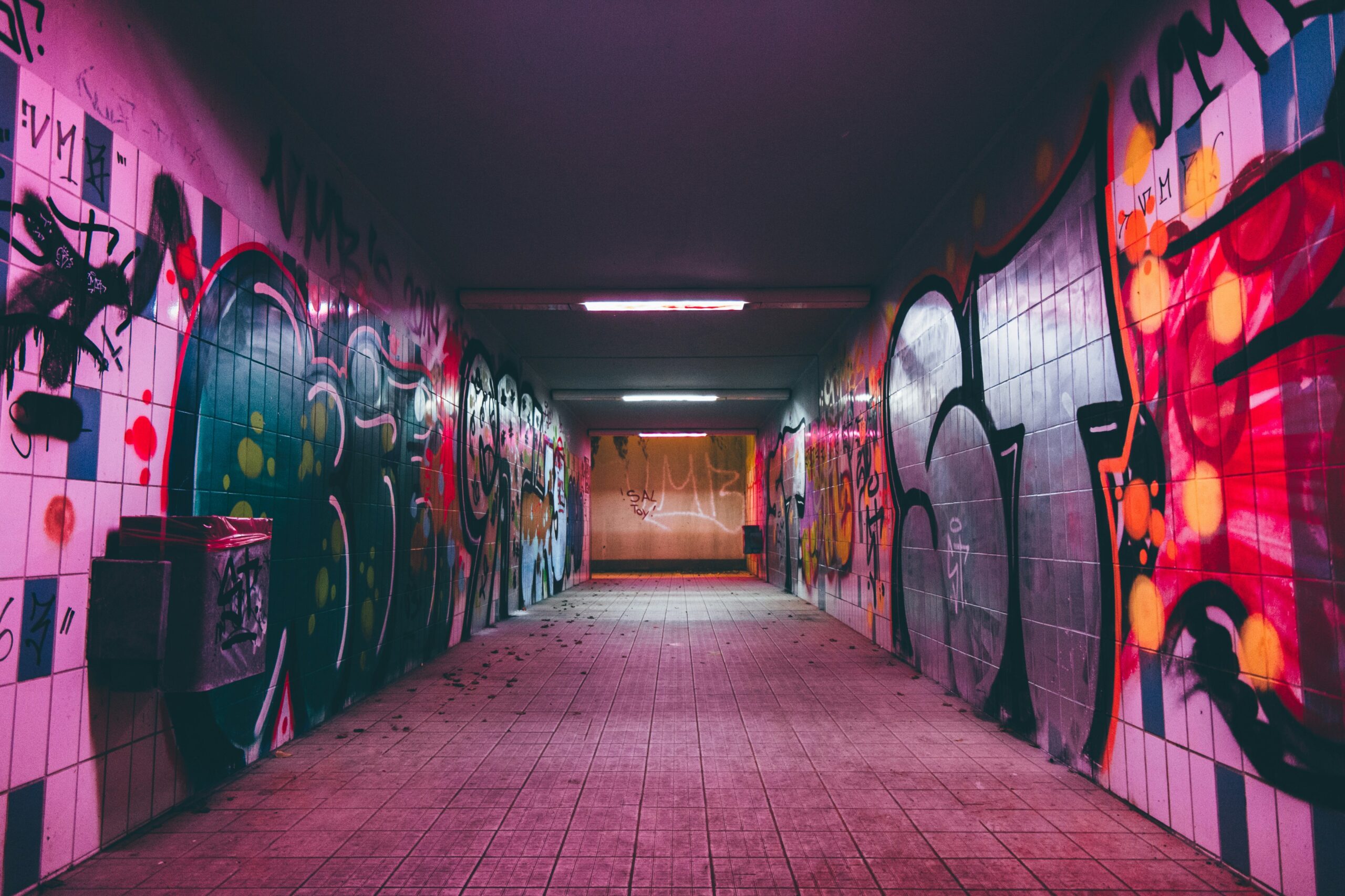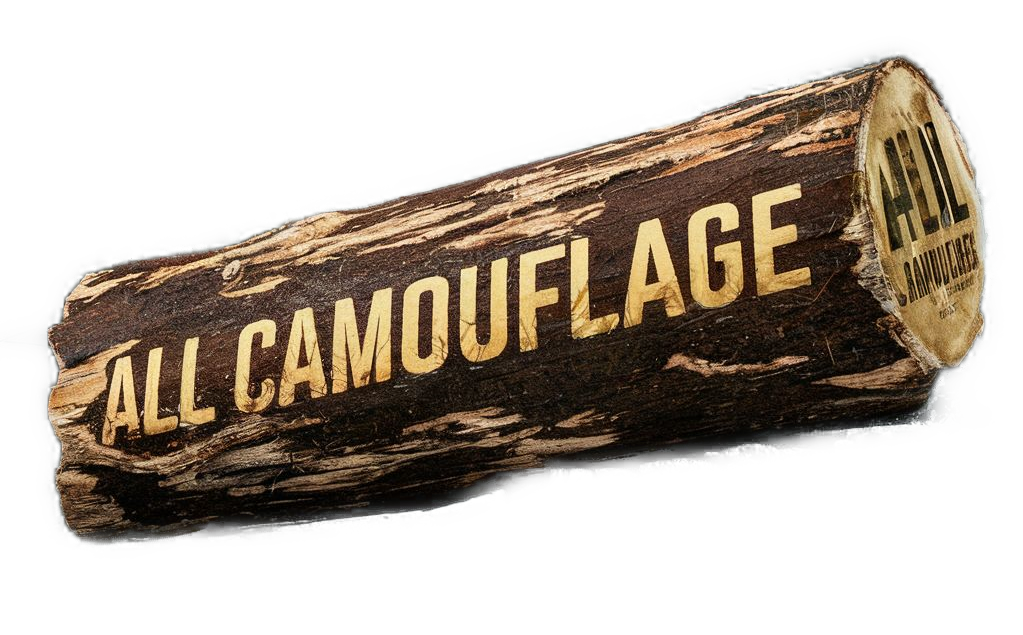Have you ever considered how creatures manage to blend seamlessly into the bustling, concrete jungles that humans have built? The art of camouflage, a concept as old as nature itself, has found its way into our urban landscapes in the most fascinating ways.

What is Urban Camouflage?
Camouflage in urban settings is a modern twist on an age-old survival technique. It encompasses not only the patterns and colors that animals and objects might utilize to blend into their surroundings but also an understanding of how our environments have evolved. Concrete, glass, flashing lights, and varied textures present a unique backdrop, and those needing to adapt to these environments have gotten creatively clever.
Urban camouflage might bring to mind military tactics, street art, or perhaps creatures like pigeons and rats who thrive in the shadows of skyscrapers. But think a little deeper, and you’ll uncover a web of intricate adaptations that go beyond mere military needs. It’s all about blending in with elements like graffiti, pavement, shadows, and the ever-constant threat of surveillance.
Urban vs. Natural Camouflage
The Essence of Natural Camouflage
In traditional settings—think forests, deserts, or coral reefs—camouflage often involves blending with the natural environment. Animals and even plants use patterns and colors that match their ecosystems. It’s a dance of deception featuring stripes, spots, or the clever mimicry of leaves and rocks, enabling them to hide from predators or sneak up on prey.
Natural camouflage has been extensively studied and is often the basis for designs in tactical wear. It involves earthy tones like greens, browns, and sandy hues, all of which are far removed from what you’ll observe in urban spaces. The aim in nature is often seamless integration, making an organism practically invisible.
The Urban Spin on Camouflage
In contrast, urban camouflage has evolved to meet the unique challenges of the man-made world. The palette shifts to grays, urban greens, metallic shades, and artificial lighting effects. It often involves a game of geometry, considering the angles and surfaces of buildings, the interplay of light and shadow, and sometimes even using disruptive patterns that break up the human silhouette.
Urban environments are dynamic and ever-changing, often with fast-paced stimuli and a need for quick adaptation. Camouflage here isn’t just about avoiding sight; it’s about navigating the landscape effectively, sometimes to avoid detection in a literal sense, other times simply to reduce unwanted attention.
Key Elements of Urban Camouflage
The Urban Palette
Imagine a walk through a city. The color palette is far removed from the serene greens and blues of the countryside. Here, camouflage must contend with concrete greys, traffic light reds, street sign blues, and blinding neon glows. This palette demands a creative approach to blending in.
Designers might use these tones to craft clothing and gear that seamlessly matches urban backdrops. It’s a fascinating area where fashion meets functionality, creating visually appealing outfits that serve a stealthy purpose. But it’s not just about blending in—often, the goal is to create an optical illusion, tricking the eye into believing there’s nothing of interest.
Patterns and Textures
Patterns play a massive role in urban camouflage. Have you seen how some graffiti almost seems to make walls disappear into each other? That’s a clue. Urban patterns often involve disruptive designs, breaking up shapes and silhouettes against the cluttered city scenery.
Textures matter, too. Reflective surfaces are considered, given how much urban environments rely on artificial lighting. Materials might be chosen to deflect or absorb light in specific ways. Is it a community of bricks? A forest of glistening glass? The patterns and uniforms that succeed here incorporate these considerations cleverly.
Mimicry and Illusion
Urban camouflage also borrows extensively from the world of mimicry. Just as some animals mimic leaves or twigs, urban camouflage might involve mimicking objects such as street furniture, mosaic tiles, or urban art. It’s a form of visual deception, strategically leveraging the brain’s tendency to fill in the blanks with familiar patterns.
Think of how street artists can blend murals into their environments so seamlessly they feel like a natural part of the scenery, or how an architectural feature can vanish into the sky. It’s this thinning line between reality and imitation that urban camouflage designers explore.
Urban Wildlife and Camouflage
Pioneers of Urban Camouflage
Let’s not forget our feathered and furry neighbors who have learned to navigate urban settings with surprising skill. Urban wildlife often evolves at a rapid pace, and their natural adaptations to city life are a fascinating part of how camouflage works here.
Animals like pigeons and rats have colors that hide them against grimy backdrops. Certain bird species have even adapted their song and behavior to blend in more effectively. It’s worth noting how this differs from their counterparts in more rural areas, adapting not just visually, but environmentally.
Challenges for Urban Wildlife
Urban camouflage presents numerous challenges. Predators and prey alike must adapt to loud noises and unpredictable changes. A squirrel choosing which tree in a park best masks its presence may sound comical, but it’s a genuine survival tactic.
For birds, finding the right perch that keeps them hidden from both aerial and land-based predators involves understanding the landscape in a way that’s constantly evolving. With human structures getting taller and landscapes getting more complex, wildlife’s ability to blend with their environment demands rapid adjustments.

Military Camouflage in Urban Settings
Evolution of Tactical Designs
While the principles of camouflage have military roots, urban environments have necessitated innovations in tactical gear design. The military constantly studies and adapts designs to suit urban operations, understanding that previous camo designs meant for fields and forests often stand out like a sore thumb against brick walls and neon signs.
Urban tactical gear involves a fascinating mix of artistry and science. Developing new patterns is an involved process, requiring an understanding of color theory, perception, and environmental studies. Military designers often consult with local artists or scientists to create uniforms that answer their specific location’s demands.
Breaking Down Silhouettes
Military tactics might include breaking down a soldier’s silhouette, an essential aspect when attempting to blend into cityscapes with varied heights and depths. Special gear and movement techniques can disguise the human figure, making forces less detectable by the human eye or even advanced surveillance technology.
This involves coordinated action with uniforms, equipment, and sometimes even technology that can replicate background patterns onto the gear itself. The art of urban camouflage for military purposes is also one rooted deeply in geometry, understanding how the eye perceives shapes, especially at night or from a distance.
The Role of Surveillance
There’s no discussing urban camouflage without considering the role of surveillance. Cities are often brimming with CCTV cameras, motion detectors, and various other technologies that make effective camouflage both an art and science. Camouflage must evolve equally with monitoring tools, introducing an arms race of visibility and concealment.
Many modern designs strive not only to be visually inconspicuous but also to evade digital detection. This intersection of technology and traditional camouflage art is where innovation thrives, consistently pushing the boundaries of what it means to be unseen in the camera-laden urban expanse.
Inspiring Examples of Urban Camouflage
Graffiti and Street Art
Street art has long been an unwitting participant in urban camouflage. Artists utilize walls, sidewalks, and alleys to create pieces that simultaneously draw attention and blend into the larger cityscape. Often, this art becomes a natural part of its location, effectively camouflaging itself against the background noise of urban life.
Skilled street artists can create optical illusions, crafting art that mimics its surroundings so perfectly it becomes a part of the environment, challenging the observer’s perception of what is real and what is art.
Stealth Architecture
On the architectural front, some buildings are designed intentionally to fade into their surroundings. Camouflage principles are explored through the use of reflective surfaces, textured panels, or, quite cleverly, designs that mimic nearby structures. These approaches help soften the building’s impact on the skyline, making structures less obtrusive and, at times, unseen.
There’s a grace to how modern architecture can simultaneously stand out and blend in, achieving harmony with the environment that speaks to deeper levels of design ingenuity and aesthetic appeal.
Adaptive Fashion
Fashion designed for urban camouflage is a thriving industry. Designers craft clothing that incorporates elements like adaptive colors or textiles that change with the environment or lighting. This is not just for covert purposes but extends into commercial fashion, blending practical needs with cutting-edge style.
Fashion-forward pieces play with the concepts of urban camouflage, offering outfits that, while stylish, are grounded in principles of deception—an intriguing marriage of art, culture, and function.

Future of Urban Camouflage
The Role of Technology
The future beckons with advancements in technology that will likely redefine urban camouflage. With materials that can alter hues or textures dynamically, or smart fabrics that adapt based on environmental cues, the line between seen and unseen grows thinner.
Technology might offer real-time feedback systems, providing individuals with precise instructions on how to move or stand to maximize blending potential. This introduces a futuristic realm where the very notion of invisibility could expand beyond today’s limitations.
Evolving Urban Landscapes
As urban environments continue to evolve, so too will the methods we deploy for blending within them. Changes in architecture, city planning, and urban aesthetics will always necessitate adaptations in camouflage strategies. Understanding these evolving landscapes, and our interactions with them, remains vital.
Creating effective camouflage that adapitates to a future focused on environmental consciousness could see integration with renewable resources, smarter cities, and even an emphasis on sustainability, focusing not merely on blending or working within the environment but enhancing it.
Your Personal Takeaway
Understanding urban camouflage is a journey into blending function with creativity, offering insight into our relationship with the sprawling, lively environments we create and occupy. Whether you’re captivated by the art of staying unseen, marveled by architecture’s adaptive decisions, or simply curious about the dance of survival in urban jungles, the multifaceted world of urban camouflage never fails to intrigue. As you navigate through the cities of tomorrow, perhaps you’ll catch sight of the clever dances of concealment all around you.

